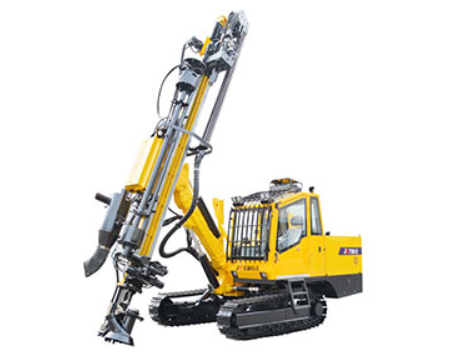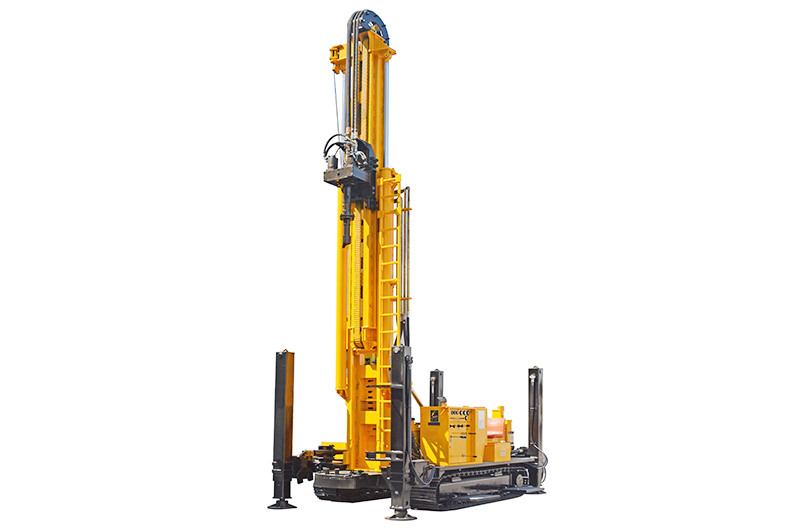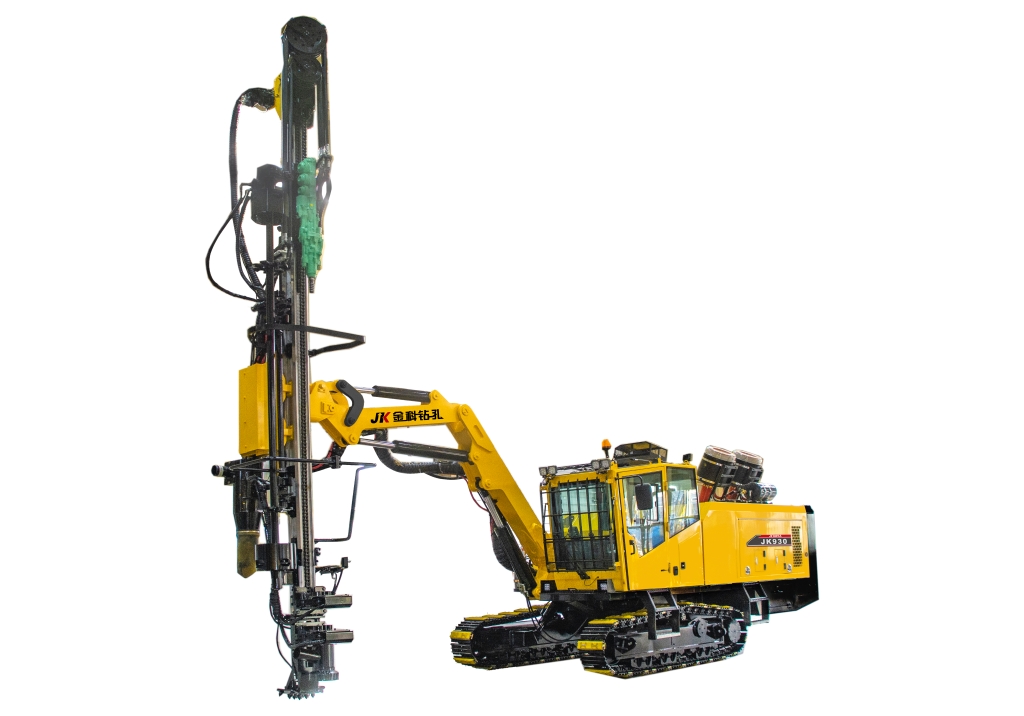The Working Principle and Construction Characteristics of Submersible Hammer
Principle and characteristics of the submersible hammer
Submersible hammer drilling can be applied to almost all igneous and metamorphic rocks as well as sedimentary rocks above medium-hard. For hard rocks and hard formations, drilling with a submersible hammer is more advantageous. This is because of the high brittleness of hard rocks and formations. Under the action of impact load, in addition to the direct crushing of local rock, the rock will be broken in the contact area of the drill bit teeth to form a crushing zone. And produce larger particles of rock chips, so the drilling speed is much higher than the simple rotary drilling.
In addition, the submersible hammer can effectively prevent or reduce the hole slope in rock formations that are prone to hole slopes, such as lamellar and laminated formations, or rock formations with uneven hardness and softness and many fissures. It can also overcome the difficulty of drilling in some pebble and gravel layers and drift gravel layers.
Diving hammer drilling was introduced at the end of the 19th century and has a history of more than 100 years. There are many types of submersible hammers, but their common feature is that the impact mechanism and the drill bit are submerged in the hole, and the rock is broken by rotary and impact. The equipment used to produce impact can be divided into different types according to their driving methods: pneumatic, hydraulic, hydraulic, electric, and mechanical. As the impact energy in the transmission process will have an obvious loss and will produce a strong destructive effect on the impacted part. In the process of deeper drilling construction, it is usually required that the equipment can enter the well together with the drilling tool, and its output impact force can act directly on the drill bit or core tube to reduce energy transfer to produce consumption, improve energy utilization and reduce drilling tool accidents in the hole.
6 types of submersible hammer impactor structures
1. Piston self-contained valveless impactor
This kind of impactor is mainly composed of the piston's own gas channel for gas distribution, so the piston structure is complicated, and many gas channels are arranged on the piston body, which weakens the strength of the piston and reduces the service life of the piston. However, this kind of impactor has inner and outer cylinder into one cylinder structure, can make the effective working area of the piston to increase, corresponding to improving the impact energy of the impactor.
2. piston and cylinder joint gas distribution of non-valve impactor
This impactor structure is simple, easy to process, piston life is longer. Therefore, foreign countries widely used this structure form. This type of impactor is in the cylinder and the piston opens the air hole.
3. Non-valve type impactor with central tube air distribution
This type of impactor upper and lower chamber air inlet channels are arranged in a circular tube, the piston in this tube slide. In addition to the high manufacturing accuracy required, the life expectancy of the center tube is low.
4. Side exhaust impactor
The so-called side exhaust refers to the exhaust powder gas routed through the cylinder rather than the center of the brazing head to the bottom of the hole. This type of impactor has more inlet and exhaust paths on the cylinder body, which not only has the poor structural strength of the cylinder body, easy to produce longitudinal fatigue cracks and large air pressure loss but also has less than ideal powder discharge effect and cooling of the brazing head.
5. Center exhaust impactor
This kind of impactor is blowing powder exhaust from the center of the brazing head to the bottom of the hole. It is not only effective in discharging powder and improving the efficiency of hole drilling but also can better cool the brazing head and improve the life of the brazing head. The inner cylinder of this structure type replaces the longitudinal groove structure of the inner cylinder of the side exhaust impactor with an annular groove, which greatly reduces the stress concentration in the inner cylinder and is a structure type widely used in recent years.
6. Tandem piston impactor
A tandem piston impactor is also known as a double piston (head) impactor. This impactor is used to isolate the cylinder into two chambers before and after, so that in the same bore, while there is two-piston surfaces in the work, the corresponding larger impact work, higher impact frequency. Accordingly, there is a double exhaust system to effectively exclude the bottom of the hole rock powder. Its main drawback is the complex structure, the machine parts need to have high machining accuracy, for example, the piston and its related parts have up to five matching surfaces, so its application and promotion are limited.
We are a DTH Drilling Rig supplier, please feel free to contact us if you need them!
-
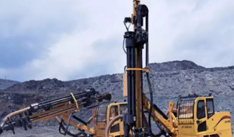 Star product JK730 upgraded
Jun. 19, 2018
Star product JK730 upgraded
Jun. 19, 2018 -
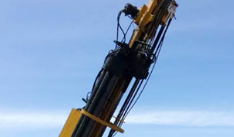 JK Drilling shining at BICES 2017
Jun. 04, 2018
JK Drilling shining at BICES 2017
Jun. 04, 2018


